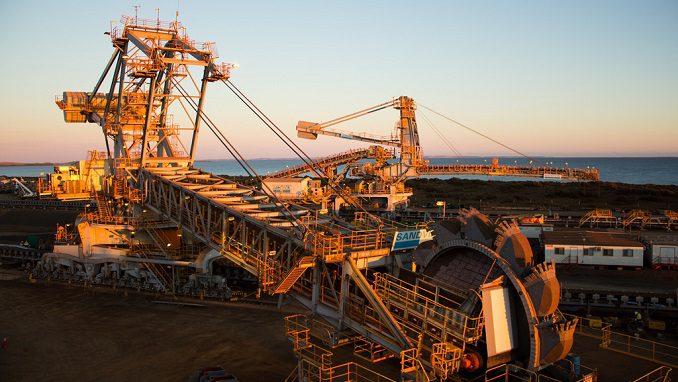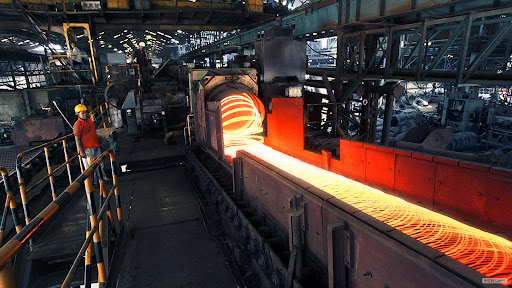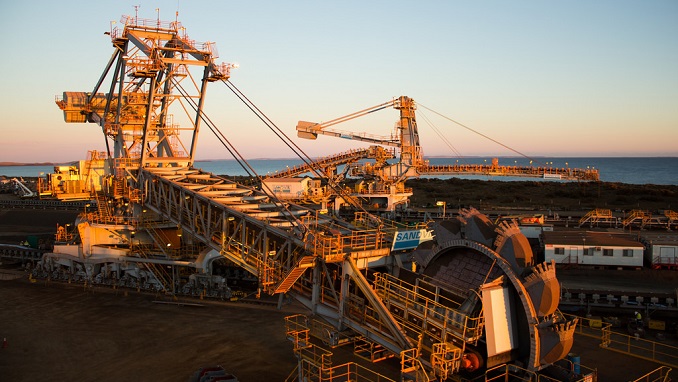China’s insatiable appetite for fuel and metal showed no signs of slowing down in 2023, as both coal and iron ore imports shattered previous records, hinting at complex dynamics underlying the world’s second-largest economy.
Coal Consumption Hits New Highs:
December 2023 saw China’s coal imports reach a staggering 47.3 million tonnes, marking a significant jump from the previous record set in November. This translates to a staggering 53% increase compared to December 2022, and pushes the full-year total imports to an astronomical 474.42 million tonnes – over 180 million tonnes higher than 2022.
Several factors fueled this coal bonanza. A surge in coal burning by power plants towards mid-December, coupled with user efforts to bolster inventories, played a major role. Additionally, Australian coal imports witnessed a rebound, reflecting bullish booking decisions made in late October when winter coal demand forecasts were optimistic.
The story behind these record imports goes deeper than just increased demand. The Chinese government’s decision to fix over 90% of domestic coal supplies within the term contract market has significantly impacted traditional trading houses. With liquidity drained from the once-active domestic spot market, many houses have turned to imports from Indonesia, Russia, and Mongolia.
Iron Ore Imports Reach New Heights:
While coal imports grabbed headlines, China’s iron ore imports also painted a picture of robust activity. Preliminary data reveals a record-breaking 1.18 billion tonnes imported in 2023, representing a healthy 6.6% increase compared to the previous year.
This growth can be attributed to several factors. Unlike 2021 and 2022, which saw government-imposed caps on steel output to curb carbon emissions, 2023 witnessed no such restrictions. This allowed steel mills to operate at full throttle, driving up iron ore demand.
Concerns about post-lockdown economic growth and a slump in property investments might have further influenced Beijing’s decision to avoid steel output caps. This move likely aimed to support jobs and growth within the ferrous sector, as evidenced by a 1.5% year-on-year increase in China’s crude steel output during the first 11 months of 2023.
Interestingly, 2023 also saw unexpectedly high steel exports from China, surging by 36.2% compared to 2022. This, along with a preference for cheaper, medium and low-grade ores to bolster profit margins, contributed to the record iron ore imports.
In Conclusion:
China’s record-breaking coal and iron ore imports in 2023 offer a glimpse into the intricate dance between fuel, metal, and the country’s economic trajectory. While factors like increased demand and policy tweaks played a role, the story behind these numbers hints at a shifting landscape within China’s resource consumption and trade patterns. As the world watches China navigate its post-pandemic recovery, these record imports are a key indicator worth keeping an eye on.





